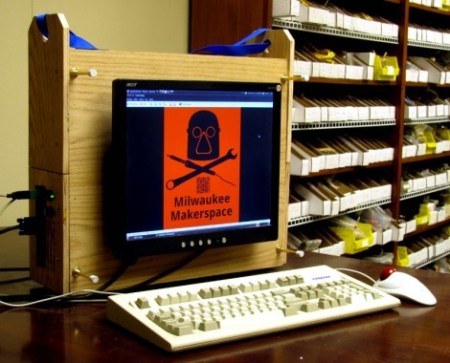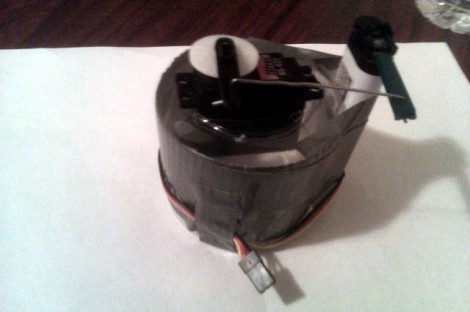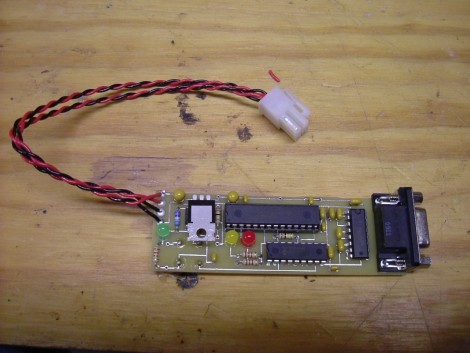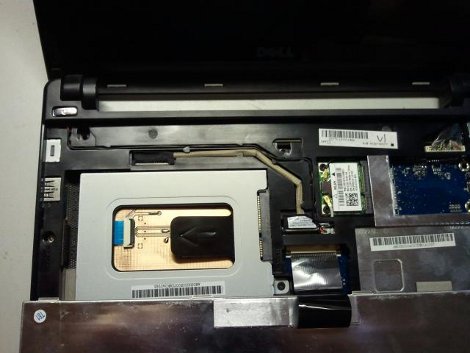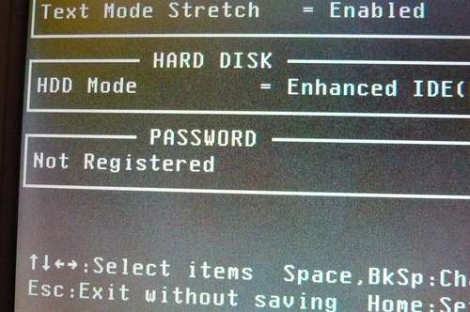
In his line of work, Instructables user [Harrymatic] sees a lot of Toshiba laptops come across his desk, some of which are protected with a BIOS password. Typically, in order to make it past the BIOS lockout and get access to the computer, he would have to open the laptop case and short the CMOS reset pins or pull the CMOS battery. The process is quite tedious, so he prefers to use a simpler method, a parallel loopback plug.
The plug itself is pretty easy to build. After soldering a handful of wires to the back of a standard male D-sub 25 connector in the arrangement shown in his tutorial, he was good to go. When a laptop is powered on with the plug inserted, the BIOS password is cleared, and the computer can be used as normal.
It should be said that he is only positive that this works with the specific Toshiba laptop models he lists in his writeup. It would be interesting to see this tried with other laptop brands to see if they respond in the same way.
Since no laptops are manufactured with parallel ports these days, do you have some tips or tricks for recovering laptop BIOS passwords? Be sure to share them with us in the comments.


